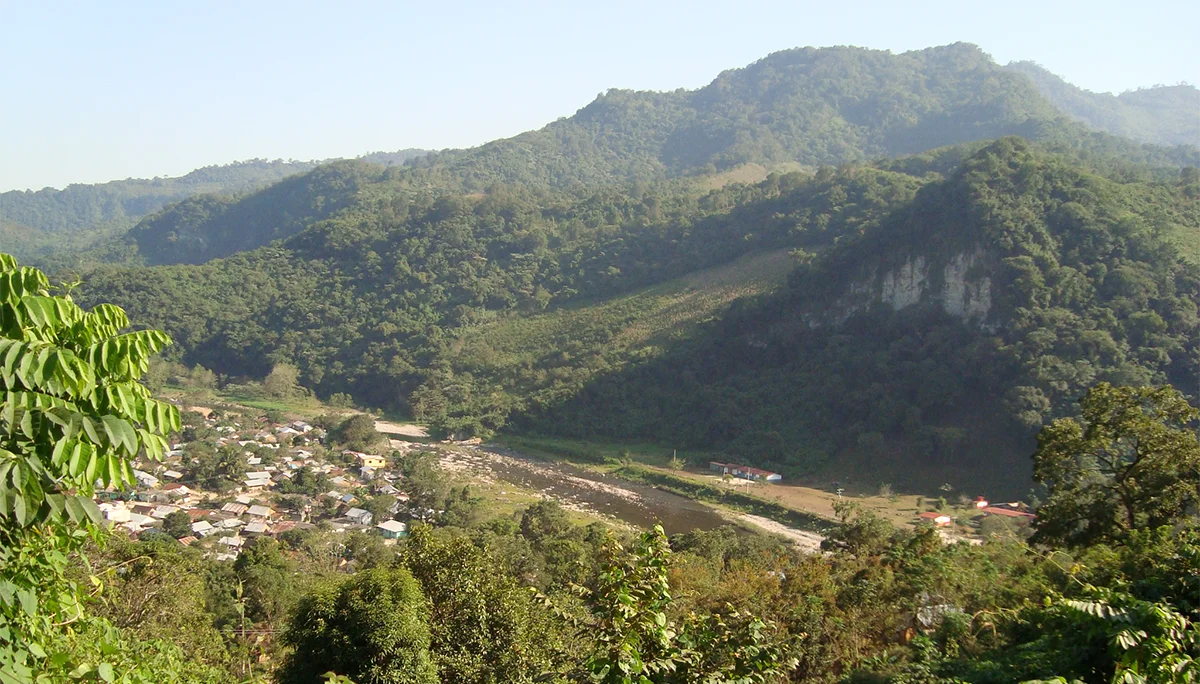Recovering Traditional Knowledge of Useful and Medicinal Plants in the Náhuatl Mountain Range in the Municipality of Ilamatlán, in the State of Veracruz
Organization: Agrupación de Derechos Humanos Xochitépetl, A.C.
This organization implements local actions to support women and Indigenous Peoples in the substantive exercise of their human rights, and to advance gender equality, a life free of violence and access to land, territory and environmental justice, thereby strengthening the affirmation of their identity.
Location: Ilamatlán, Veracruz
Communities benefiting directly from the project: Chahuatlán, Amatepec and Santa Cruz.
Country: Mexico
Other Organizations Involved: Acento, Local Action – An organization that supports the dissemination of an assessment on patrimonial violence against Indigenous women in the municipality of Ilamatlán and provides data to document the project.
Community authorities where the project will be implemented: Amatepec, Chahuatlán and Santa Cruz, municipality of Ilamatlán — provide support through training facilities and the construction of gardens, a herbarium and a nursery.
Municipal authorities (elected officials) in communities where the project will be implemented have each offered support to implement one-off project activities.
 @ Agrupación de Derechos Humanos Xochitépetl AC.
@ Agrupación de Derechos Humanos Xochitépetl AC.
Background
Highly marginalized and having a mostly Náhuatl-speaking population, the municipality of Ilamatlán in the Mexican state of Veracruz has been affected by heavy anthropogenic pressure on natural resources, the adoption of new Western medicine practices, the migration of new generations and the loss of appreciation for ancestral traditions and customs. This has resulted in not only a loss of traditional knowledge but also reduction in biodiversity, food security and ancestral cultural practices that would help to address the impacts of climate change.
Although Indigenous Elders still have vast ethnobotanical knowledge, it has not been duly documented, recognized or transmitted to new generations. Consequently, there is a pressing need to recover the Elders’ knowledge of plants used in traditional medicine, promote environmental education processes, disseminate biocultural heritage and consolidate this heritage in an ethnobotanical catalog for the municipality.
Goals
- Facilitate nine workshops on the recovery, importance and conservation of traditional knowledge.
- Form three groups of Indigenous cultural promoters focused on local traditional medicine.
- Create a community ethnobotanical garden with local medicinal plants.
- Produce an ethnobotanical catalog of the main useful and medicinal plants in both Náhuatl (the mother tongue) and Spanish.
- Create an herbarium to preserve botanical samples of medicinal plants for teaching and reference.
- Establish a community rustic plant nursery.
Main activities
- Develop a public-reference catalog (in Náhuatl and Spanish) of plants used in traditional medicine, detailing their uses and preparation methods.
- Create a collection of botanical specimens to identify and include in a catalog for local cultural heritage.
- Share and exchange knowledge on how to collect and utilize useful plant species.
- Raise awareness of the importance of environmental knowledge for the sustainable use of natural resources.
- Create a small local nursery to cultivate at-risk species and prevent their loss.
- Set up a public ethnobotanical garden designed to engage children and youth, expose them to a diversity of species and connect them with traditional knowledge of local useful and medicinal plants.
- Set up a community rustic nursery to cultivate useful and medicinal plants.
- Strengthen community organization by reviving traditional cultural practices to address health risks (autonomy and self-determination).
- Strengthen the practice of oral, intergenerational transmission of ancestral knowledge related to health and traditional medicine (Indigenous identity).
Expected outcomes
- Increased resilience and adaptation in the face of climate change challenges in highly marginalized Indigenous communities.
- An empowered Indigenous population (participation, individual capacity-building and appreciation for local natural resources).
- Improved use of ethnobotanical resources and promotion of their conservation, while raising awareness of their importance among the new generations.
- Reinforced Indigenous identity and knowledge by creating a community garden, installing an herbarium and developing a catalog of useful and medicinal species, in Náhuatl and Spanish.